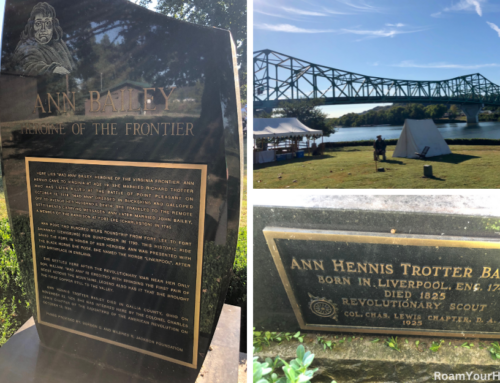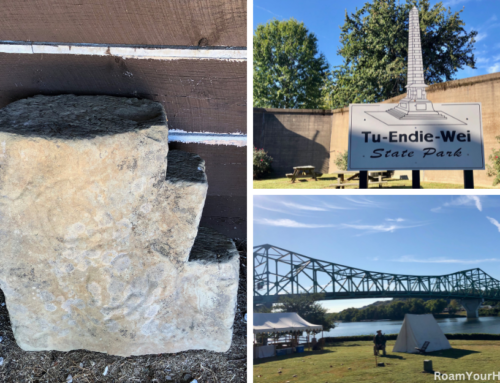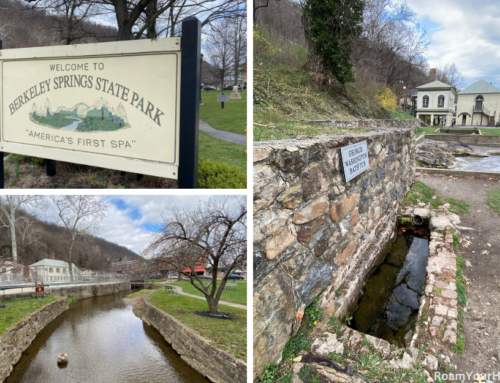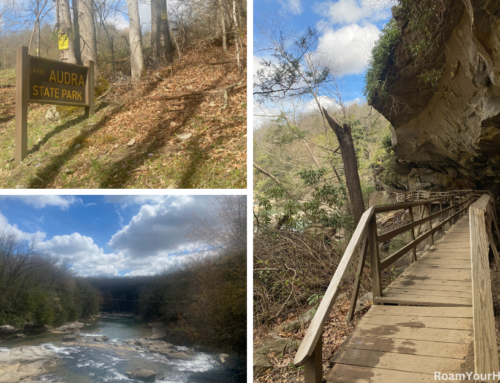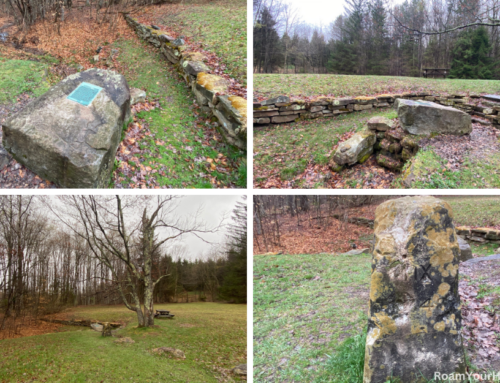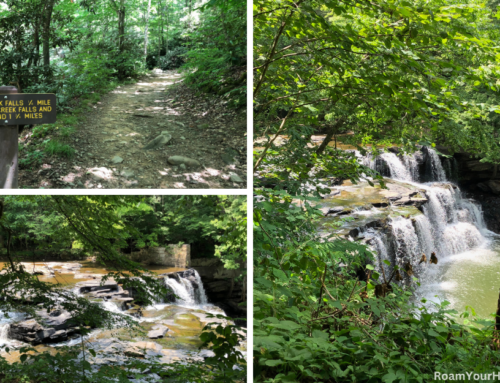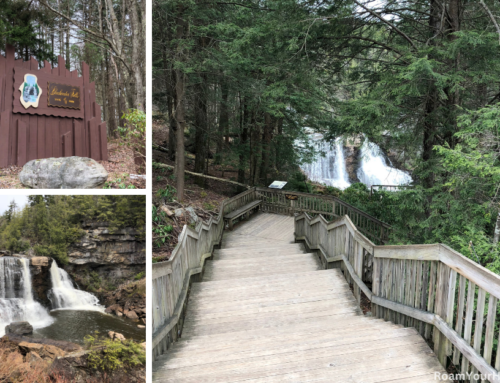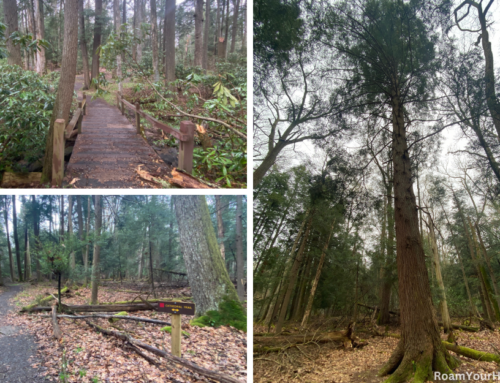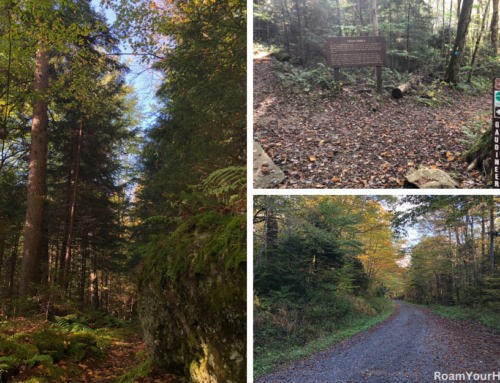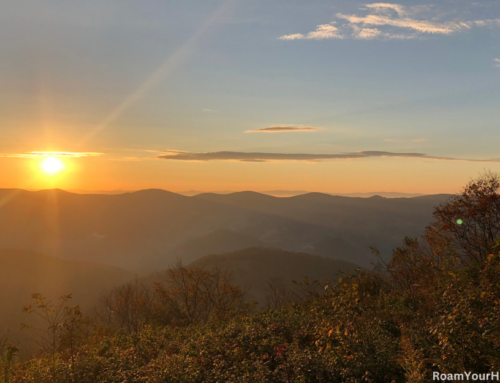
Chief Cornstalk’s Grave and the Legend of it’s Curse
The final resting place of Shawnee Chief Keigh-tugh-qua, better known as Cornstalk, is on the grounds of Tu-Endie-Wei State Park at the confluence of the Kanawha and Ohio Rivers in Point Pleasant, West Virginia. Chief Cornstalk survived the defeat of the Battle of Point Pleasant on October 10, 1774.
After the loss and the outbreak of the Revolutionary War, Cornstalk became a staunch advocate for Shawnee neutrality in the Revolutionary War. Despite this, many Shawnees fought against the Americans, hoping to regain lost lands.
Cornstalk was never one of them; he feared that raising arms against the Americans would ultimately make things worse for the Shawnees.
In fact, sometime after the Battle of Point Pleasant, Chief Cornstalk and several other Indians made a diplomatic mission to Fort Randolph, which was built at the confluence of the Kanawha and Ohio Rivers, where the battle had been fought.
The story goes that Fort Randolph’s commander took Cornstalk and the others hostage. But that remains subject to debate. The chief is said to have been treated well and even helped the Americans by drawing maps where the British may be planning to attack.
This changed on November 10, 1777. Soldiers stationed at the fort found scalped bodies of their men outside the walls of the fort. Despite the best efforts of some to maintain order, the enraged soldiers were hellbent on revenge; this was knowing Cornstalk and the others could not possibly have anything to do with the soldier’s murder.
They burst into the Indian’s cell, seeking blood. Cornstalk stood to meet them, facing them with such bravery it stunned them and caused a momentary pause in their attack. In a moment Ellinipisico, Cornstalk’s son, was shot while sitting on a stool, another strangled, another slaughtered, and then the Chief. Cornstalk was shot eight times before falling to the floor.
The Curse of Chief Cornstalk
As he lay on the blood-stained floor, he slowly but clearly muttered his last words.
“I was the border man’s friend. Many times, I have saved him and his people from harm. I never warred with you, but only to protect our wigwams and lands. I refused to join your paleface enemies with the red coats. I came to the fort as your friend, and you murdered me. You have murdered by my side, my young son…For this, may the curse of the Great Spirit rest upon this land. May it be blighted by nature. May it even be blighted in its hopes. May the strength of the peoples be paralyzed by the stain of our blood.”
After uttering the curse, Cornstalk died. The bodies of his son and the other two Indians were dumped in the Kanawha River. Cornstalks was buried near the fort overlooking the Kanawha and Ohio Rivers’ junction. He remained here for many years but would not rest in peace.
Over the years, his grave was moved several times until what was left of his remains were memorialized in the corner of Tu-Endie-Wei State Park, overlooking the rivers.
His curse is a local legend, with many tragedies being blamed on it. The monument honoring the men who defeated Cornstalk at the Battle of Point Pleasant has been a magnet for lightning strikes, even on clear days.
Others say the Dec 6, 1907 coal min disaster in Monogah, West Virginia, that killed 310 miners was caused by the curse.
In June of 1944, 150 people were killed by a tornado that leveled everything in its tri-state path.
On December 15th, 1967, the Silver Bridge that connected Point Pleasant to Gallipolis, Ohio, collapsed, killing 46 people. Some even believe that the mysterious legend of the Mothman is linked to Cornstalk.
The list goes on. Train derailments, plane crashes, and other mass-casualty events have all been blamed on the Curse of Chief Cornstalk. Just a superstition? Strange coincidences? Or fact.

